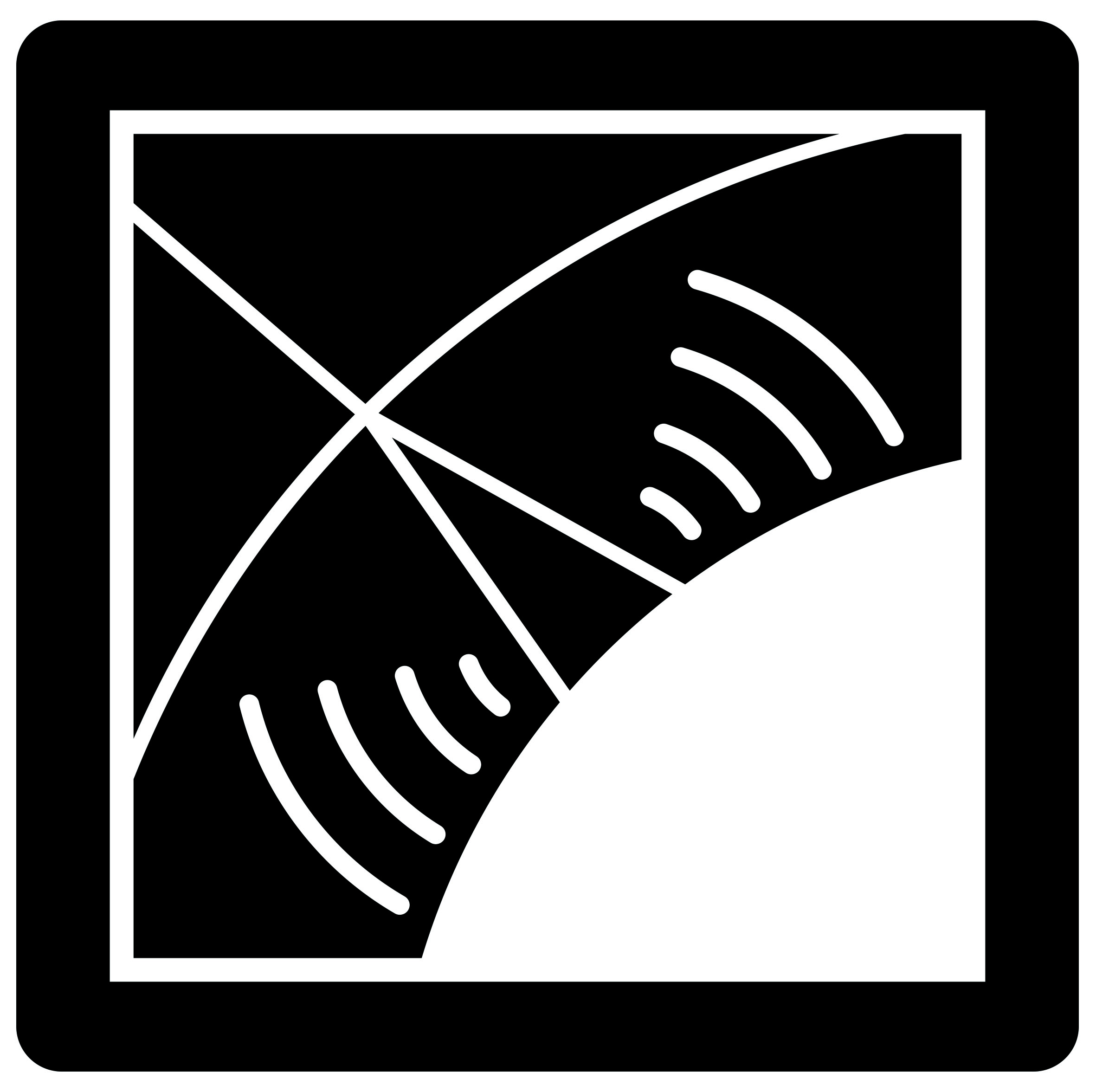2010: Thibault Garçon
The radio-detection of extensive air showers, investigated for the first time in the 1960’s, obtained promising results but plagued by the technical limitations. At that time, H.R. Allan summed up the state of the art in an extensive review article whose conclusions and predictions are still used today. Set up in 2001 at the Nancay Observatory, the CODALEMA experiment was built first as a demonstrator and successfully showed the feasibility of the radio-detection of extensive air showers. Radically modified in 2005, it allowed to obtain a clear energy correlation, and put in evidence an unambiguous signature of the geomagnetic origin of the electric field emission process associated to the air shower. The switch towards large areas is the next step of the technique’s development. Therefore, the autonomy of the detectors becomes essential. After test prototypes installed in 2006 at the Pierre Auger Observatory, a generation of new autonomous detectors was developed. Their first results will be presented. This work is also dedicated to the issues related to the radio-detection technique : the antenna response, the sensitivity, the surrounding effects, the monitoring of a big array. The determination of the shower characteristics independently of other detectors such as the lateral distribution, the energy correlation and the frequency spectrum of the radio transient will be discussed. Online access to his document (Thèses en ligne)
